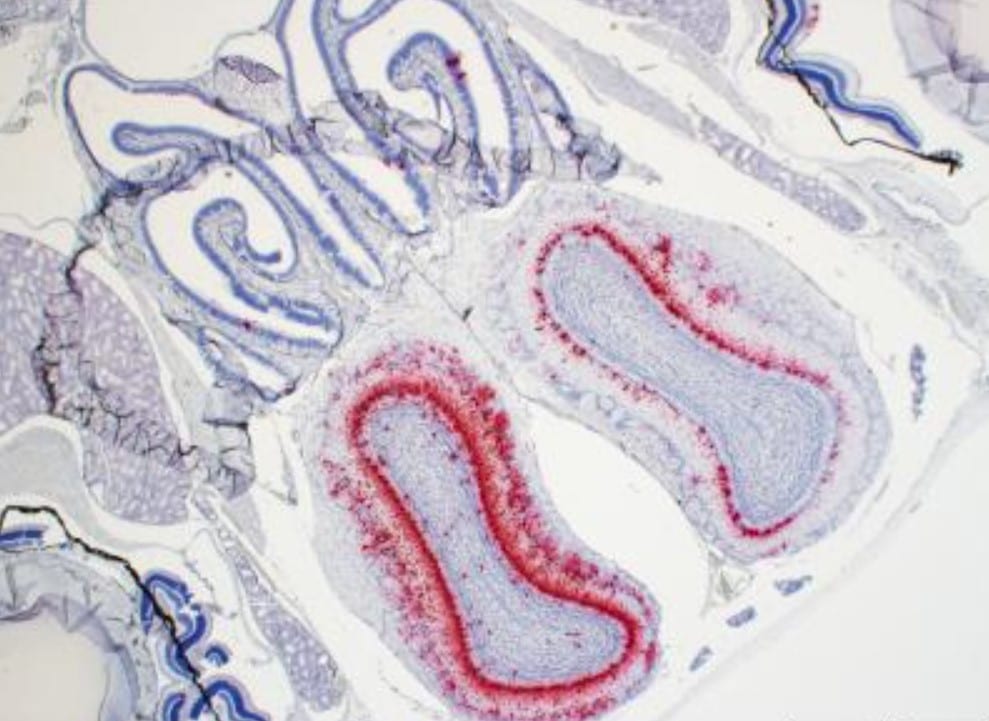Small animal models mirroring human disease are essential for advancing vaccines, diagnostics, and treatments to combat emerging pathogens. Army scientists at the at the U.S. Army Medical Research Institute of Infectious Diseases (USAMRIID) have developed the first lethal mouse model of SARS-CoV-2, the virus that causes COVID-19.
The model utilizes mice that were genetically engineered to express the human ACE2 gene–a key mechanism by which the SARS-CoV-2 virus enters human cells.
In addition to shedding light on the pathogenesis of COVID-19, this new research directly contributes to the advancement of medical countermeasures against the virus.
Previous research on SARS-CoV, the virus responsible for the 2003 global outbreak of Severe Acute Respiratory Syndrome (SARS), revealed that the virus binds to target cells by means of an interaction between the 139 kDa viral spike protein and the host angiotensin-converting enzyme 2, or ACE2, protein.
The novel coronavirus, SARS-CoV-2, uses the same mechanism to infect cells. In normal mice, however, the virus does not easily bind to ACE2, making it difficult to study the course of infection. So the USAMRIID team used a special type of mouse called K18-hACE2, which are specially bred with the human ACE protein. This mouse strain, developed for the original SARS-CoV outbreak by the Stanley Perlman laboratory at the University of Iowa in the early 2000s, was revived and recently produced at the Jackson Laboratory.
USAMRIID’s study used two groups of 14 K18-hACE2 mice, infected with two different doses of SARS-CoV-2 administered by the intranasal route, to simulate how humans are exposed to the virus. Each group contained seven male and seven female mice. On day 3, four mice per group were euthanized to assess disease severity, while the remaining ten mice per group were monitored up to 28 days. Overall, the K18-hACE2 mice developed acute disease, including weight loss, lung injury, and brain infection, and ultimately succumbed to the disease, according to the authors.
In addition, the team infected three other types of mice–C57BL/6, BALB/c and RAG2 deficient mice–with a challenge dose of the virus. These animals did not lose weight and none succumbed to the disease.
“Given that the K18-hACE2 animal model is commercially available, it provides an important platform for evaluation of medical countermeasures across multiple laboratories,” said Joseph W. Golden, Ph.D., study co-author and USAMRIID researcher.
Funding was provided through the Defense Health Program.
Human angiotensin-converting enzyme 2 transgenic mice infected with SARS-CoV-2 develop severe and fatal respiratory disease. JCI Insight, 25 August 2020.



